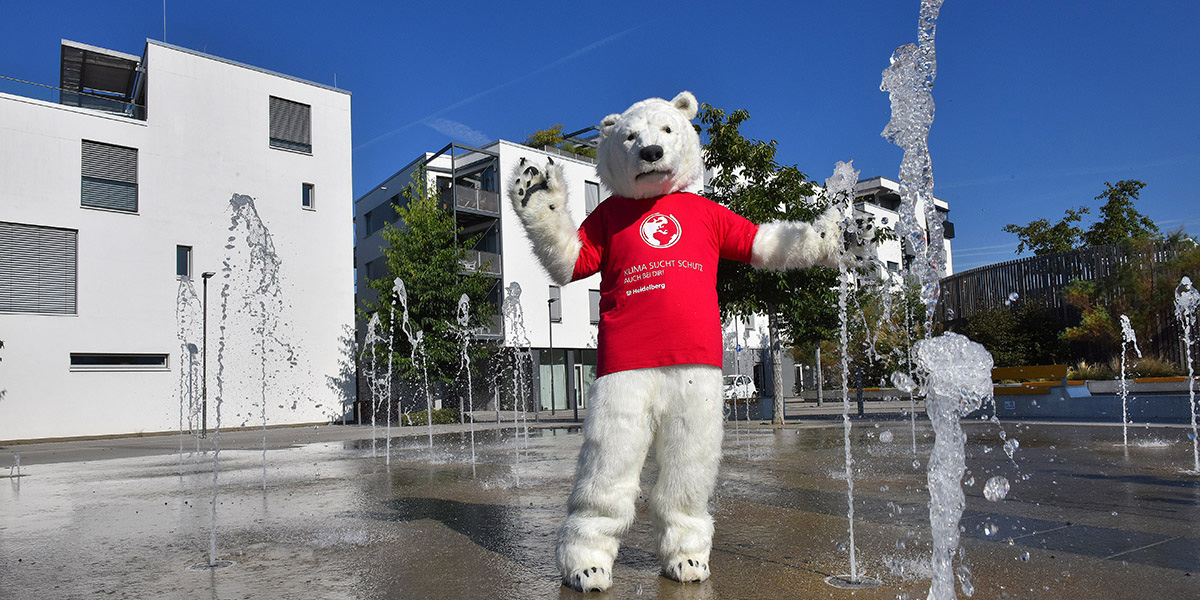


How Heidelberg is helping combat climate change
Sustainable development became a global political goal for the first time in 1987 with the publication of Our Common Future, also known as the ‘Brundtland Report.’ Following on from this report, in 1992 the international community adopted the Agenda 21 action plan at the Earth Summit in Rio de Janeiro.
Heidelberg was an early adopter of the notion of ‘Think globally, act locally,’ and soon started looking for ways to apply the principles of sustainable development at a local level. In 1990 the city set up its Office of Environmental Protection, which, step by step, committed itself to a series of goals aimed at proactive environmental protection and climate change mitigation.
First climate protection concept
Through its 1992 climate protection concept, Heidelberg became a pioneer in climate change mitigation. This was the first time that a city authority had developed packages of climate-protection measures for specific target groups. Responsibility for climate protection was assigned to the Office of Environmental Protection, but with an awareness that it is an issue that is relevant to all departments of the city administration and all areas of city life.
Revised editions of Heidelberg’s climate protection concept were published in 2004, 2008 and 2014. The detailed roll-out of the climate protection concept was overseen by the energy management department of the Office of Environmental Protection, Trade Supervision and Energy.
Energy concept
The City of Heidelberg adopted an energy concept at the same time as its climate protection concept. Updates were published in 2004 and 2010. The energy concept is a commitment by the city administration to pursue climate protection goals within its key areas of activity. It defines e.g. energy standards for the construction, refurbishment and operation of municipal buildings in terms of both the building fabric and technical equipment, and for the city’s energy supply and its urban-development activities. The energy concept has so far resulted in a 50% reduction in energy use in municipal buildings.
‘Master Plan 100% Climate Protection’
During discussions over how Germany should make the transition to clean forms of energy, it quickly became clear that innovative energy generation and energy-saving measures alone would not be enough: In order for energy consumption and greenhouse gas emissions to be reduced by the necessary amount, a profound change of mindset across the whole of society would be needed.
This is why, in 2011, as part of its ‘Climate Initiative,’ the German Federal Ministry for the Environment, Nature Conservation, Building and Nuclear Safety called on local authorities around the country to apply to participate in the project ‘Master Plan 100% Climate Protection.’ It sought local authorities who were prepared to develop measures and strategies aimed at reducing CO² emissions by 95% and energy consumption by 50% by 2050.
Heidelberg’s application was accepted in May 2012, along with applications from a further 18 cities and rural districts around Germany.
Heidelberg developed its ‘Master Plan 100% Climate Protection’ in collaboration with a large number of stakeholders. In 2014 the City Council approved the Master Plan, which has now taken over as Heidelberg’s climate protection concept.
Bahnstadt – a model climate protection project
Bahnstadt presents a unique opportunity for Heidelberg: the chance to develop a sustainable, climate-friendly city district from scratch. The district, built on the site of a disused railway yard, is now the world’s largest district built entirely to the ultra-eco-friendly Passivhaus standard. Ultimately it will offer homes for 5,000 people and jobs for 7,000. It covers an area the size of Heidelberg’s entire Old Town. In 2014, Bahnstadt was named ‘Passive House Region of the Year’ in a global competition.
